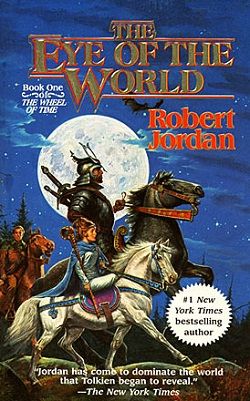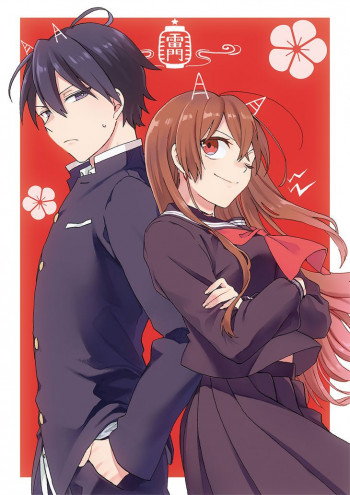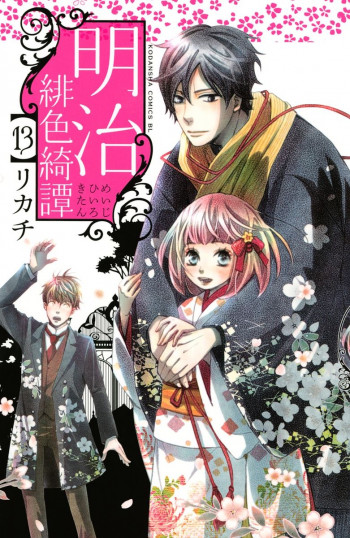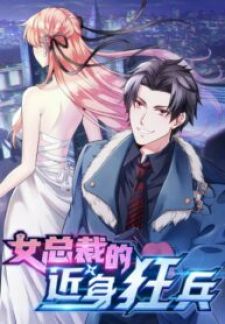Robert Jordan's The Eye of the World, the first installment in the epic fantasy series The Wheel of Time, is a masterful introduction to a richly detailed world that captivates readers with its intricate plot, well-developed characters, and profound themes. This novel sets the stage for a sprawling saga that has become a cornerstone of modern fantasy literature, drawing comparisons to the works of J.R.R. Tolkien and George R.R. Martin.
The story begins in the quaint and isolated village of Emond's Field, located in the region known as The Two Rivers. The peaceful lives of its inhabitants are shattered when the village is attacked by Trollocs, monstrous creatures that are part human, part beast. This inciting incident propels five young villagers—Rand al'Thor, Mat Cauthon, Perrin Aybara, Egwene al'Vere, and Nynaeve al'Meara—into a world they scarcely imagined, filled with both wonder and peril.
One of the most compelling aspects of The Eye of the World is its richly constructed world. Jordan's world-building is meticulous, with a history and mythology that feel as ancient and complex as our own. The concept of the Wheel of Time itself, a cyclical pattern of ages that repeat over millennia, adds a philosophical depth to the narrative. This cyclical nature of time suggests themes of destiny and rebirth, raising questions about the nature of free will versus fate.
The novel's characters are another highlight. Rand al'Thor, the protagonist, is initially portrayed as a simple farm boy, but as the story progresses, he becomes a character of immense depth and complexity. His journey from innocence to a reluctant hero is both compelling and relatable. Mat and Perrin, his close friends, also undergo significant development, each grappling with their own unique challenges and transformations. Mat's mischievous nature and Perrin's introspective demeanor provide a balance to Rand's evolving character.
Equally important are the female characters, who are portrayed with strength and agency. Egwene al'Vere, with her aspirations of becoming an Aes Sedai—a member of a powerful order of women who can channel the One Power—embodies the theme of personal growth and empowerment. Nynaeve al'Meara, the village Wisdom, is a force to be reckoned with, her fierce determination and protective nature making her a standout character. These women are not mere side characters; they are integral to the narrative and its unfolding.
Jordan's writing style is descriptive and immersive, painting vivid pictures of landscapes, cities, and cultures. His attention to detail is evident in the way he describes everything from the architecture of the White Tower to the customs of various nations. This level of detail can be both a strength and a weakness; while it enriches the world, it can also slow the pacing, particularly in the early chapters. However, for readers who appreciate a deeply immersive experience, this attention to detail is a significant draw.
Thematically, The Eye of the World explores the struggle between light and shadow, a classic motif in fantasy literature. This struggle is not just external, as represented by the Dark One and his minions, but also internal, as characters grapple with their own fears, doubts, and desires. The novel delves into the concept of prophecy and the burden it places on those who are destined to fulfill it. This theme is particularly evident in Rand's journey, as he comes to terms with his role in the grand tapestry of the Wheel of Time.
Comparisons to other fantasy epics are inevitable. Like Tolkien's The Lord of the Rings, Jordan's work features a group of unlikely heroes embarking on a quest that will determine the fate of their world. However, Jordan's series distinguishes itself with its intricate political intrigue and a more diverse cast of characters. The influence of Eastern philosophies, particularly the cyclical nature of time and the balance of forces, also sets it apart from Western fantasy traditions.
In terms of impact, The Eye of the World has left a lasting legacy in the fantasy genre. It has inspired a new generation of writers and readers, contributing to the resurgence of epic fantasy in the late 20th and early 21st centuries. The series' adaptation into a television series further attests to its enduring popularity and cultural significance.
In conclusion, The Eye of the World is a remarkable beginning to an epic journey that promises adventure, intrigue, and profound philosophical exploration. Its richly developed world, complex characters, and timeless themes make it a must-read for fans of fantasy literature. While it may demand patience from its readers, the rewards are well worth the investment, offering a narrative that is both entertaining and thought-provoking.
























Reviews 0
Post a Reviews: